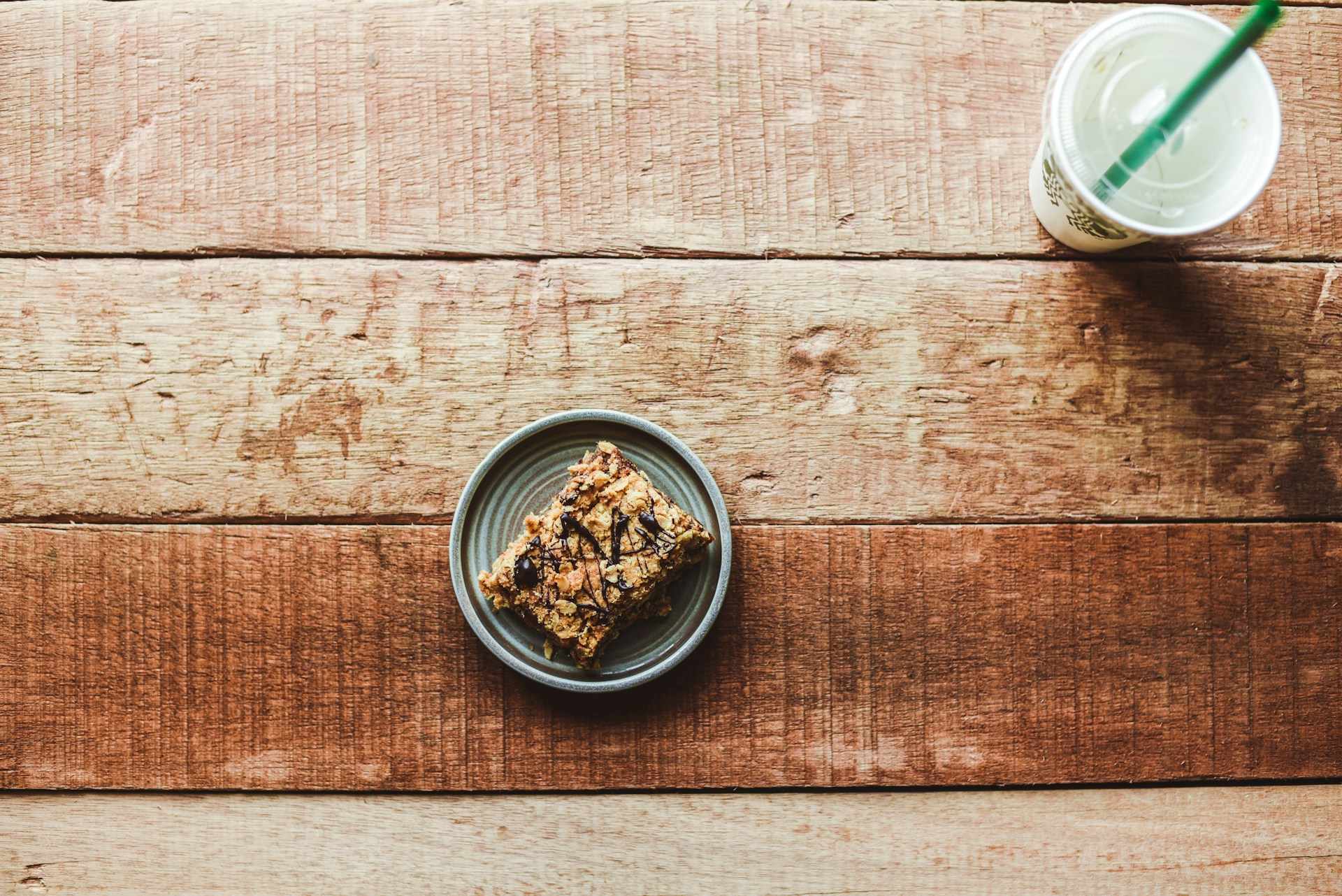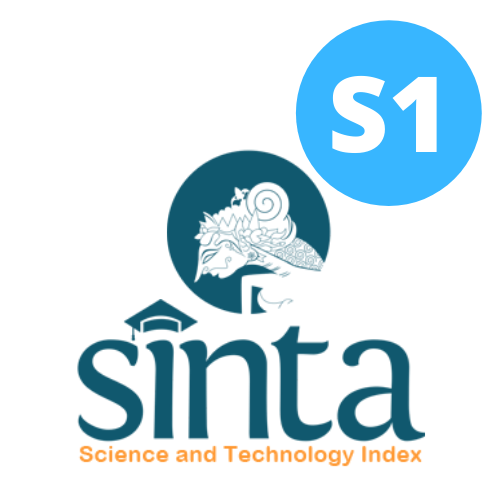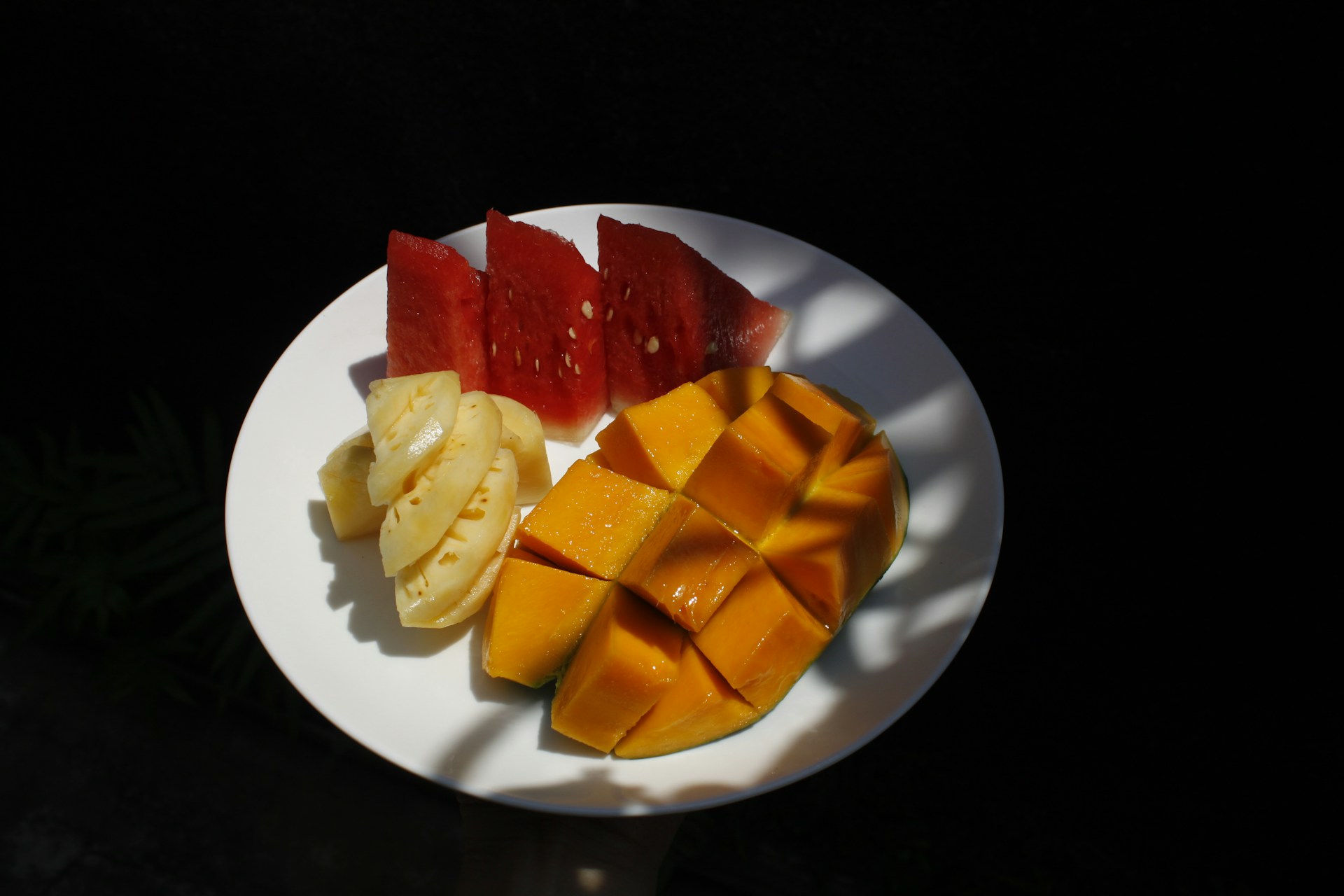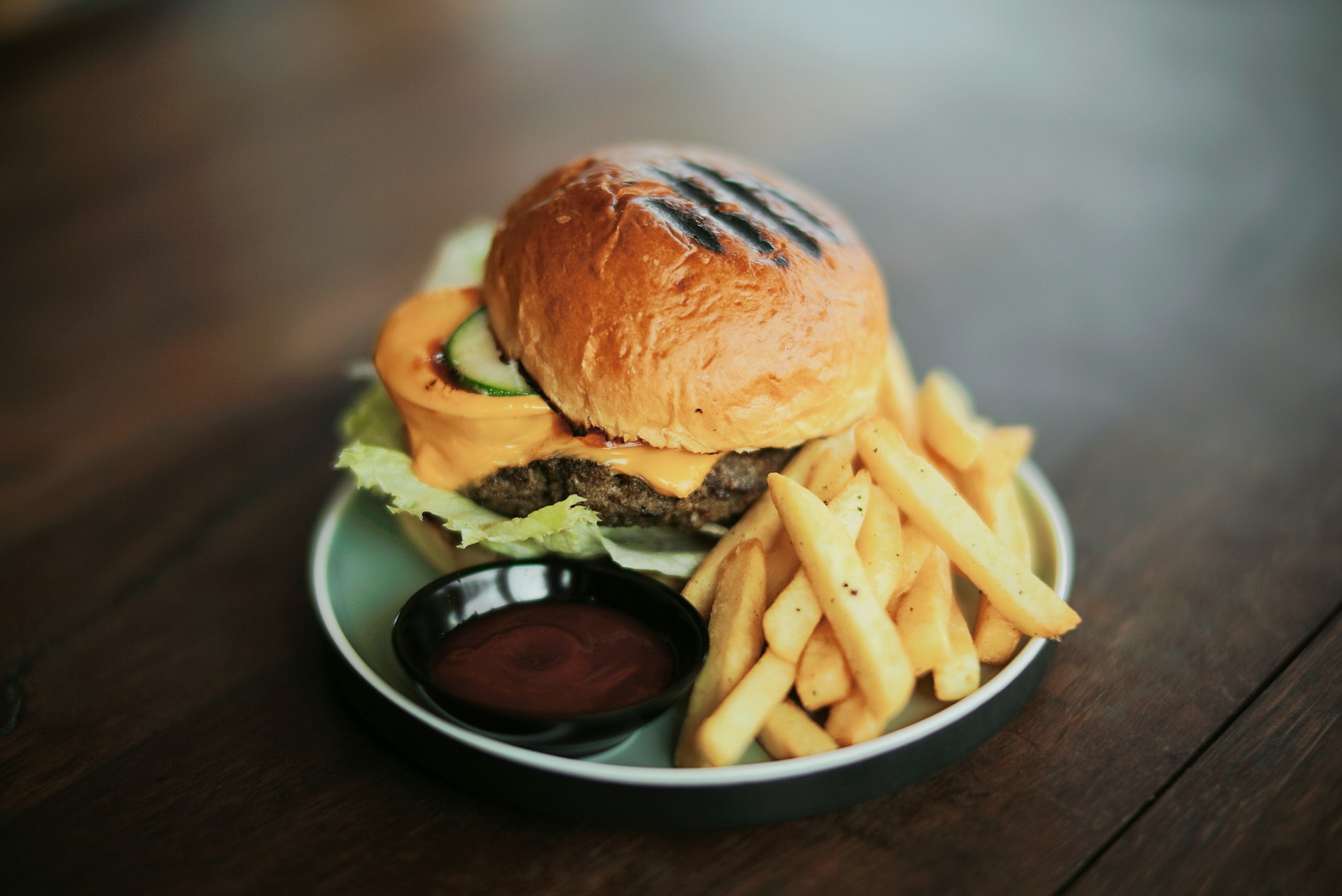The Effect of Food Bars Made from Katuk Leaf and Torbangun Leaf on the Toxicity Profile of White Rats
Pengaruh Food Bar Berbasis Daun Katuk dan Daun Torbangun pada Profil Toksisitas Tikus Putih

Downloads
Background: Various herbal plants that grow in Indonesia, such as katuk leaves and torbangun leaves, are known to have many health benefits. These two plants contain important compounds such as vitamins, minerals and antioxidants which are beneficial for human health. Based on previous research, katuk leaves and torbangun leaves have been proven to increase breast milk production. However, studies regarding the benefits and potential toxicity of using these two herbal plants in experimental animals are still very limited. Therefore, this study was conducted to comprehensively evaluate and identify the toxicity profile observed in white rats after the administration of herbal supplements based on katuk leaves and torbangun leaves. This information is important to assess the safety of using these herbal preparations.
Objectives: This study aimed to determine the level of safety and identify symptoms of toxicity in food bars containing katuk and torbangun leaf flour in male Wistar white rats.
Methods: This study used a quantitative method with a true experimental design. The study samples consisted of 32 white mice divided into two groups. The rats were given food bars with katuk and torbangun leaf flour with doses ranging from 1.75 mg/kgBW to 17.5 mg/kgBW. Observations were made for 14 days regarding symptoms of toxicity, such as skin and fur changes, seizures, tremors, coma, and death. The statistical tests used were the normality test, homogeneity test, and hypothesis testing (ANOVA).
Results: The results of the study showed that administering a food bar with katuk and torbangun leaf flour did not induce symptoms of toxicity in white rats. There was no significant difference in the mean body weight of mice between the two groups (p-value=0.109; p-value>0.05).
Conclusions: Food bars with katuk and torbangun leaf flour did not have toxic properties and is safe to consume. Symptoms of toxicity were not evident in white mice given the food bar.
Oktiningrum, M., Harjanti, A. I., Nurhidayah, A., Dewi, I. & Ayu, L. Literatur Review : Pemanfaatan Bahan Alam Guna Memperlancar ASI pada Ibu Menyusui. Pros. Semin. Nas. dan Call Pap. Kebidanan Univ. Ngudi Waluyo 2, 138–146 (2023). p-ISSN: 2961-7340 dan e-ISSN: 2962-2913.
Pusat Kajian Hortikultura Tropika (Lembaga Penelitian dan Pengabdian kepada Masyarakat). KATUK (Sauropus androgynus (L.) Merr.). IPB https://pkht.ipb.ac.id/index.php/2018/05/17/katuk- sauropus-androgynus-l-merr/ (2018).
Subekti, S., Piliang, W., Manalu, W. & Jitv, T. M. Penggunaan tepung daun katuk dan ekstrak daun katuk (Sauropus androgynus L. Merr) sebagai substitusi ransum yang dapat menghasilkan produk puyuh. Oaji.Net 254–259 (2006).
Lutfiani, L. & Nasrulloh, N. Total Flavonoid and Antioxidant Activity of Food Bar Torbangun – Katuk on The Effectiveness of Breast Milk Production. Amerta Nutr. 7, 88–97 (2023). https://doi.org/10.20473/amnt.v7i1.2023.88-97.
BPOM RI. Uji Toksisitas Praklinik secara In Vivo. Berita Negara Republik Indonesia (2022).
Lukman, M. & Christin, V. Analisis Profil Bobot Badan Tikus dan Gejala Toksis Pada Pemberian Ekstrak Etanol Daun Parang Romang (Boehmeria virgata) Terhadap Tikus Putih (Rattus novergicus). J. Farm. Galen. (Galenika J. Pharmacy) 6, 1–6 (2020). https://doi.org/10.22487/j24428744.2020.v6.i1.13928.
Saputra, A., Junaidi, Supriyanto, A. & Surtono, A. Desain dan Realisasi Alat Ukur Massa (Neraca Digital) Menggunakan Sensor Load Cell Berbasis Arduino. J. Teor. dan Apl. Fis. 10, (2023).
Luthfiah, L., Setyati, D. & Arimurti, S. Antibacterial Activity of Liverworts of Dumortiera hirsute (Sw.) Nees Ethyl Acetate Extract Against Pathogenic Bacteria. Berk. Sainstek 9, 75 (2021). ISSN: 2339-0669 https://doi.org/10.19184/bst.v9i2.22645.
Kurniawidjaja, L. M. Konsep Dasar Toksikologi Industri. (FKM UI, Jakarta, 2021). https://doi.org/10.21109/kesmas.v1i6.284.
Adnyana, I. K., Sukandar, E. Y., Yuniarto, A. & Finna, S. Anti-obesity effect of the pomegranate leaves ethanol extract (Punicagranatuml.) in high-fat diet induced mice. Int. J. Pharm. Pharm. Sci. 6, 626–631 (2014). https://doi.org/10.2991/smichs-17.2017.43.
Ghozali, I. Aplikasi Analisis Multivariate Dengan Program SPSS 23. (Undip Press, Semarang, 2018).
Riana, E., Ischak, N., Ayudia, E., Khairani, I., Prabandari, A., Miftahurrahmah, M. & Mulyana, J. I. Toksikologi Dasar. Angewandte Chemie International Edition. 6, 951–952. (1967). https://doi.org/10.1051/bioconf/202410102005
BPOM. Panduan penyusunan protokol uji praklinik uji toksisitas akut. 1–3 (2022).
Meimaharani, R. & Listyorini, T. Analisis Varian (Anova) Untuk Mengetahui Statistik Tingkat Kemajuan Prestasi Karate di Kabupaten Kudus. Pros. Semin. Nas. Ilmu Komput. (2013). https://doi.org/10.24176/simet.v5i1.127.
Herlina & Wijaya, D. P. Accute Toxicity Of Extract From Melinjo (Gnetum Gnemon L) Leaf With Fixed Dose Procedure Method. Indones. J. Pharm. Sci. Technol. 9, 140 (2022). https://doi.org/10.24198/ijpst.v9i3.33683.
N.G. Kostomitsopoulos & S.F. Durašević. The ethical justification for the use of animals in biomedical research, Archives of Biological Sciences, 62(3), pp. 781–787. (2010). https://doi.org/10.2298/ABS1003781K.
Setiawan, H., Maliza, R., and Wulandari, S.W. Petunjuk Praktikum Fisiologi Hewan Eksperimental (2021). http://eprints.uad.ac.id/id/eprint/36604.
Copyright (c) 2025 Amerta Nutrition

This work is licensed under a Creative Commons Attribution-ShareAlike 4.0 International License.
AMERTA NUTR by Unair is licensed under a Creative Commons Attribution-ShareAlike 4.0 International License.
1. The journal allows the author to hold the copyright of the article without restrictions.
2. The journal allows the author(s) to retain publishing rights without restrictions
3. The legal formal aspect of journal publication accessibility refers to Creative Commons Attribution Share-Alike (CC BY-SA).
4. The Creative Commons Attribution Share-Alike (CC BY-SA) license allows re-distribution and re-use of a licensed work on the conditions that the creator is appropriately credited and that any derivative work is made available under "the same, similar or a compatible license”. Other than the conditions mentioned above, the editorial board is not responsible for copyright violation.












































